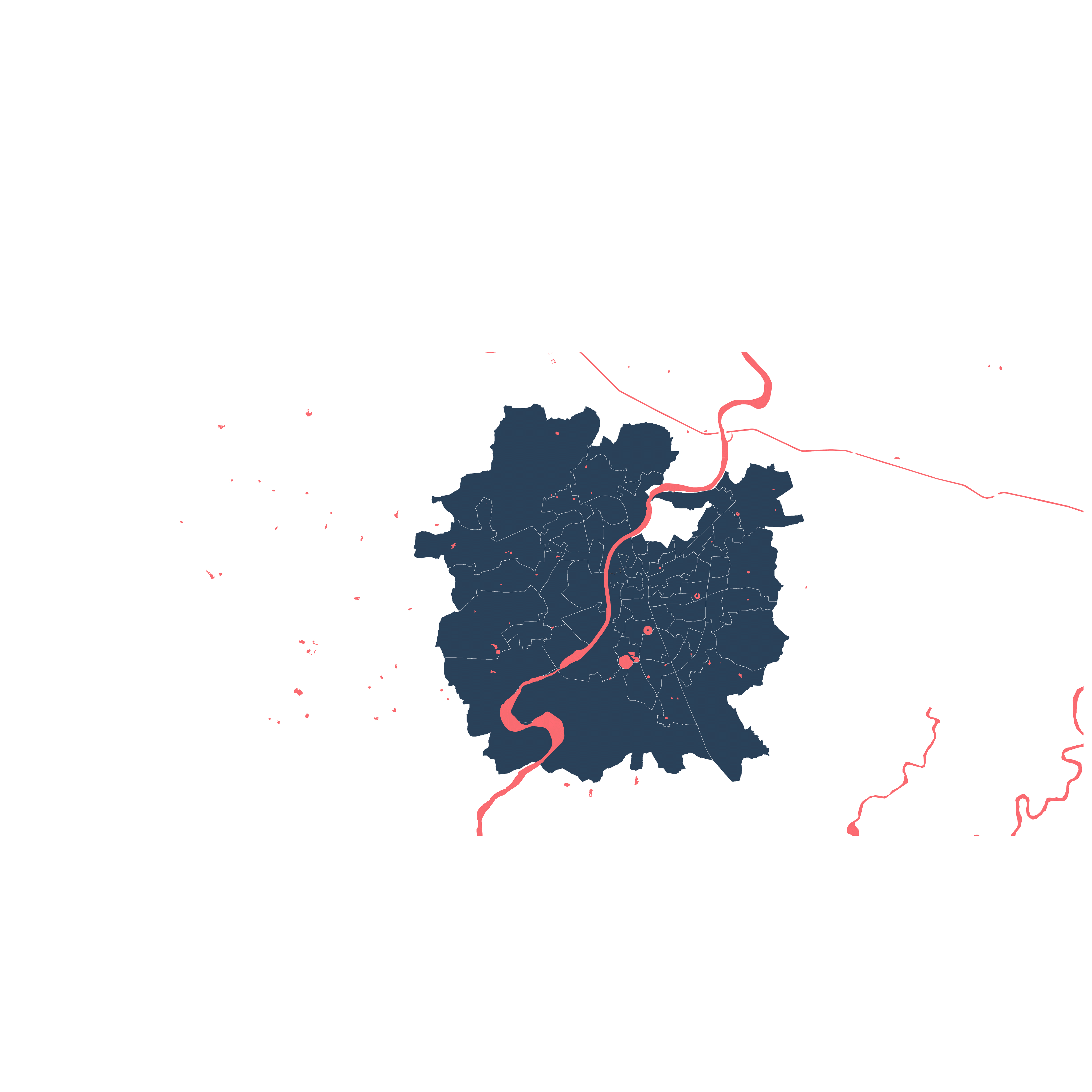Simultaneous Stories So Far...
Urban Assemblies: the vacancy Phenomenon
Greenbelt of Ahmedabad
Planning process byproduct

Story so far
Drivers of Environmental Reform | aman shridharani

The phenomenon of institutional vacancy is a result of a number of interrelated factors such as lack of strategy/policy for development, a shift in economic investment, or absence of public interest. By exploring the nature of these mechanisms as they have occurred in the past, the influence of the circumstances in which they are made and the way in which they have related to one another leads towards realizing the inherent potential that these land parcels might exhibit.
From being a tactic of the British to reduce their employment costs to acting as a tool to empower and unite young Indians to fight for independence to becoming a mechanism for growth by providing a broad spectrum of knowledge in various fields in order to push the country forward, institutions of Ahmedabad city have always been part of a greater purpose in the process of social change and development.
This directs towards their new role in addressing the current concerns faced by Ahmedabad city apart from maintaining their primary role of delivering higher education. The city is already facing the challenge of limited urban space (per capita average public space here is 5 sq.m) and infrastructure along with larger concerns of environmental and ecological issues (air pollution, rise in temperatures, and per capita green space <9.38 sq.m>) that need to be addressed as well.
How can these matters be confronted in relation to the vacancy phenomenon where these vacant land parcels can be productively utilized for possible social and ecological benefits that not only support the present but also lead to a sustainable future?
The recent condition of these vacancies reflect their exclusive nature and lead to the fact of how institutional property is restrictive in terms of both accessibility and creative utilization of space (creative utilization here means being able to use available space in a cost-effective, multifaceted, and environment-friendly way). The sites which are in focus are either walled and gated (for selective entry and use) or do not function for or cater to the activities happening there.
In response to this, how can the possible uses of the vacant land under institutional property be reiterated to serve an 'inclusive' purpose? Here, inclusivity is seen towards people (of all ages, gender, occupation, and income) along with the environment (green infrastructure) and time (present and future prospects).
Currently, the ownership patterns of institutional vacancies are complex and thus will lead to an elaborate process of bringing about any change. Thus, in order to simplify things, it will be ideal to propose policy decisions regarding vacancy utilization and specification that can be applicable to all institutions. With regard to addressing environmental concerns, institutional vacant lands that fall under this proposed 'green deal' which is 'inclusive' of social, environmental as well as temporal provisions will be utilized according to the standards of the deal.
Furthermore, land parcels will be chosen to be intervened upon according to their 'health' condition. Plots with 'bad health' (assessed according to the criteria specified under the green deal) will be 'treated' by 'doctors' to improve their condition.
POSITION - what set of issues or ideas am I concerned with?
1. Role of Institutions in bringing awareness and positive change in contemporary and urgent issues of environmental deterioration and lack of public space in the city.
2. Role of institutional vacancies in contributing to reduce current and future environmental damage and simultaneously act as active public spaces.
Currently, these vacancies unconsciously favor a limited number of stakeholders and are not actively directed towards usage of any kind.
INTENT
given my concern what are the actions that are relevant for the position I have taken? What do I expect to achieve?
In response to the aforementioned concerns,
1. Institutions, being regarded as key in the process of social change and development, act as initiators in doing this.
2. Policy level decisions will be taken initially, to simplify the process of land ownership and its implications.
3. The policy will address institutional land, especially the condition of vacancy.
4. According to the condition of vacancy, in relation to public space and environmental conditions, probable interventions will be proposed to meet the standards of the desired condition of vacancy.


